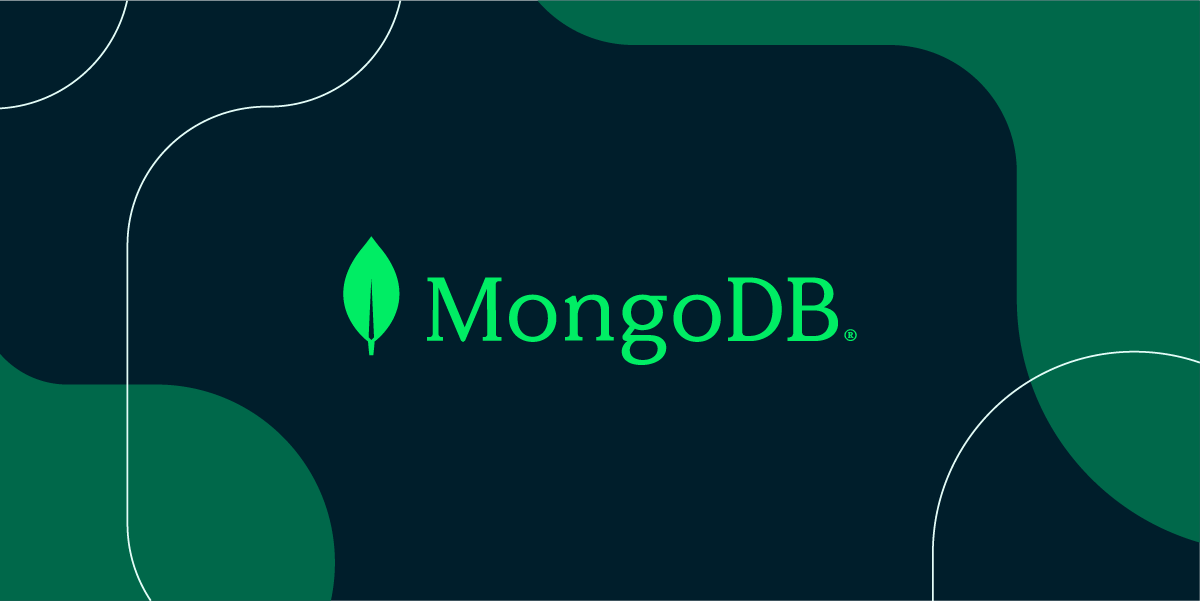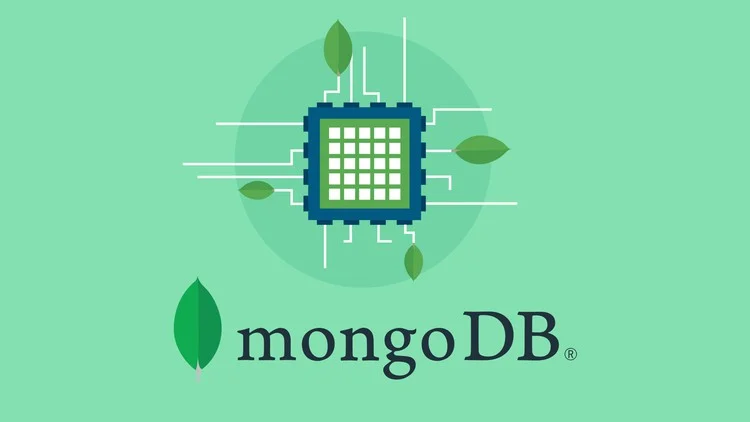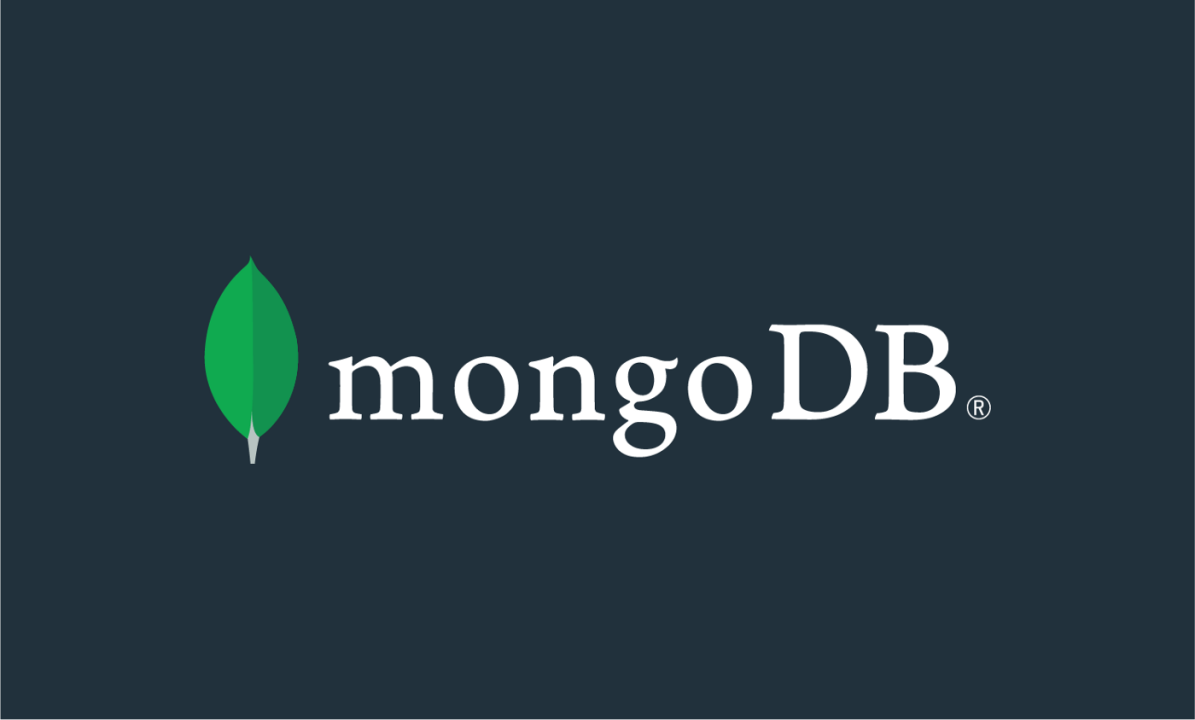Handling Complex Relationships in MongoDB: Embedding vs. Referencing
Aug 02, 2025 am 07:55 AMUse embedding when the relationship is one-to-few, data is accessed together, and fast reads are needed; 2. Use referencing when dealing with one-to-many or many-to-many relationships, large or independently queried data; 3. Consider read/write frequency, data growth, independent queries, and atomicity needs; 4. Apply a hybrid approach when balancing performance and flexibility, such as embedding summaries while referencing full details in separate collections to optimize both speed and scalability.

When working with MongoDB—a document-oriented database—one of the most important design decisions you’ll face is how to model relationships between data. Unlike relational databases, MongoDB doesn’t enforce joins or foreign keys, so you need to choose between embedding and referencing based on your use case.

Here’s how to decide which approach works best for your app:
? When to Use Embedding (Denormalized Data)
Embed documents when:

- The relationship is one-to-few (e.g., a blog post with a few comments).
- The embedded data is always used together with the parent (e.g., user profile address).
- You want fast reads and don’t need to query the child data independently.
Example:
{
"_id": ObjectId("..."),
"title": "My Post",
"author": "Alice",
"comments": [
{ "user": "Bob", "text": "Great post!" },
{ "user": "Charlie", "text": "Thanks for sharing." }
]
}Pros:

- Single query to fetch everything.
- Atomic updates (if using transactions or single-document writes).
- Simpler application logic.
Cons:
- Can hit the 16MB document size limit if arrays grow too large.
- Harder to query or update individual embedded items independently.
? When to Use Referencing (Normalized Data)
Use references when:
- The relationship is one-to-many or many-to-many (e.g., users ?? orders ?? products).
- Child documents are large or frequently updated separately.
- You need to query or index the related data on its own.
Example:
// Order document
{
"_id": ObjectId("..."),
"userId": ObjectId("user123"),
"items": [
{ "productId": ObjectId("prod456"), "quantity": 2 }
]
}
// Product document (separate collection)
{
"_id": ObjectId("prod456"),
"name": "Laptop",
"price": 999
}Pros:
- Scales better for large or dynamic datasets.
- Easier to maintain consistency across related data.
- Supports efficient indexing and querying on referenced fields.
Cons:
- Requires multiple queries or application-level joins (e.g., using
$lookupin aggregation). - No atomicity across documents unless using multi-document transactions (which add complexity).
? Key Questions to Ask
Before choosing, consider:
-
How often will this data be read vs. written?
- Read-heavy? → Embed.
- Write-heavy or shared? → Reference.
-
Will the related data grow indefinitely?
- Yes? → Reference (to avoid hitting document size limits).
-
Do you need to query the child data independently?
- Yes? → Reference.
-
Is atomicity critical for updates across related data?
- Yes? → Embed (or use transactions with references).
? Pro Tip: Hybrid Approach
Sometimes, a mix works best. For example:
- Embed a summary (like
productName,price) in the order for fast reads. - Keep full product details in a separate collection for updates and deep queries.
This balances performance and flexibility—common in real-world apps like e-commerce platforms.
Basically, there’s no one-size-fits-all. Think about your queries, data growth, and update patterns. Start simple (often embedding), then normalize as complexity grows.
The above is the detailed content of Handling Complex Relationships in MongoDB: Embedding vs. Referencing. For more information, please follow other related articles on the PHP Chinese website!

Hot AI Tools

Undress AI Tool
Undress images for free

Undresser.AI Undress
AI-powered app for creating realistic nude photos

AI Clothes Remover
Online AI tool for removing clothes from photos.

Clothoff.io
AI clothes remover

Video Face Swap
Swap faces in any video effortlessly with our completely free AI face swap tool!

Hot Article

Hot Tools

Notepad++7.3.1
Easy-to-use and free code editor

SublimeText3 Chinese version
Chinese version, very easy to use

Zend Studio 13.0.1
Powerful PHP integrated development environment

Dreamweaver CS6
Visual web development tools

SublimeText3 Mac version
God-level code editing software (SublimeText3)
 MongoDB vs. Oracle: Exploring NoSQL and Relational Approaches
May 07, 2025 am 12:02 AM
MongoDB vs. Oracle: Exploring NoSQL and Relational Approaches
May 07, 2025 am 12:02 AM
In different application scenarios, choosing MongoDB or Oracle depends on specific needs: 1) If you need to process a large amount of unstructured data and do not have high requirements for data consistency, choose MongoDB; 2) If you need strict data consistency and complex queries, choose Oracle.
 Various ways to update documents in MongoDB collections
Jun 04, 2025 pm 10:30 PM
Various ways to update documents in MongoDB collections
Jun 04, 2025 pm 10:30 PM
The methods for updating documents in MongoDB include: 1. Use updateOne and updateMany methods to perform basic updates; 2. Use operators such as $set, $inc, and $push to perform advanced updates. With these methods and operators, you can efficiently manage and update data in MongoDB.
 MongoDB's Purpose: Flexible Data Storage and Management
May 09, 2025 am 12:20 AM
MongoDB's Purpose: Flexible Data Storage and Management
May 09, 2025 am 12:20 AM
MongoDB's flexibility is reflected in: 1) able to store data in any structure, 2) use BSON format, and 3) support complex query and aggregation operations. This flexibility makes it perform well when dealing with variable data structures and is a powerful tool for modern application development.
 How to view all databases in MongoDB
Jun 04, 2025 pm 10:42 PM
How to view all databases in MongoDB
Jun 04, 2025 pm 10:42 PM
The way to view all databases in MongoDB is to enter the command "showdbs". 1. This command only displays non-empty databases. 2. You can switch the database through the "use" command and insert data to make it display. 3. Pay attention to internal databases such as "local" and "config". 4. When using the driver, you need to use the "listDatabases()" method to obtain detailed information. 5. The "db.stats()" command can view detailed database statistics.
 MongoDB vs. Oracle: Document Databases vs. Relational Databases
May 05, 2025 am 12:04 AM
MongoDB vs. Oracle: Document Databases vs. Relational Databases
May 05, 2025 am 12:04 AM
Introduction In the modern world of data management, choosing the right database system is crucial for any project. We often face a choice: should we choose a document-based database like MongoDB, or a relational database like Oracle? Today I will take you into the depth of the differences between MongoDB and Oracle, help you understand their pros and cons, and share my experience using them in real projects. This article will take you to start with basic knowledge and gradually deepen the core features, usage scenarios and performance performance of these two types of databases. Whether you are a new data manager or an experienced database administrator, after reading this article, you will be on how to choose and use MongoDB or Ora in your project
 Commands and parameter settings for creating collections in MongoDB
May 15, 2025 pm 11:12 PM
Commands and parameter settings for creating collections in MongoDB
May 15, 2025 pm 11:12 PM
The command to create a collection in MongoDB is db.createCollection(name, options). The specific steps include: 1. Use the basic command db.createCollection("myCollection") to create a collection; 2. Set options parameters, such as capped, size, max, storageEngine, validator, validationLevel and validationAction, such as db.createCollection("myCappedCollection
 MongoDB: The Document Database Explained
Apr 30, 2025 am 12:04 AM
MongoDB: The Document Database Explained
Apr 30, 2025 am 12:04 AM
MongoDB is a NoSQL database that is suitable for handling large amounts of unstructured data. 1) It uses documents and collections to store data. Documents are similar to JSON objects and collections are similar to SQL tables. 2) MongoDB realizes efficient data operations through B-tree indexing and sharding. 3) Basic operations include connecting, inserting and querying documents; advanced operations such as aggregated pipelines can perform complex data processing. 4) Common errors include improper handling of ObjectId and improper use of indexes. 5) Performance optimization includes index optimization, sharding, read-write separation and data modeling.
 Is MongoDB Doomed? Dispelling the Myths
May 03, 2025 am 12:06 AM
Is MongoDB Doomed? Dispelling the Myths
May 03, 2025 am 12:06 AM
MongoDB is not destined to decline. 1) Its advantage lies in its flexibility and scalability, which is suitable for processing complex data structures and large-scale data. 2) Disadvantages include high memory usage and late introduction of ACID transaction support. 3) Despite doubts about performance and transaction support, MongoDB is still a powerful database solution driven by technological improvements and market demand.






